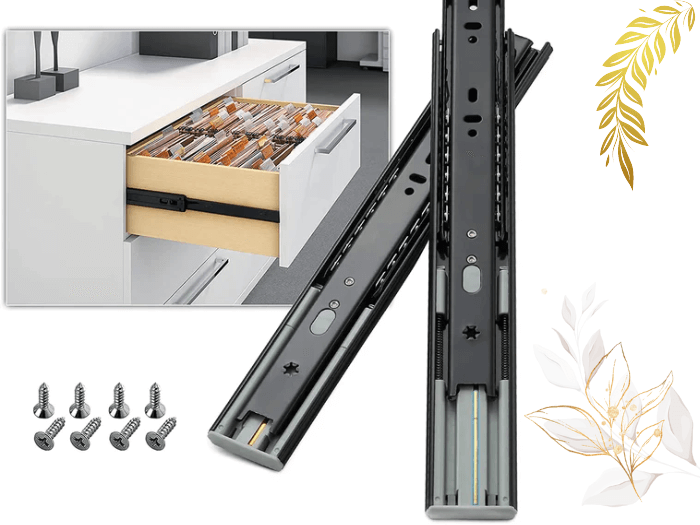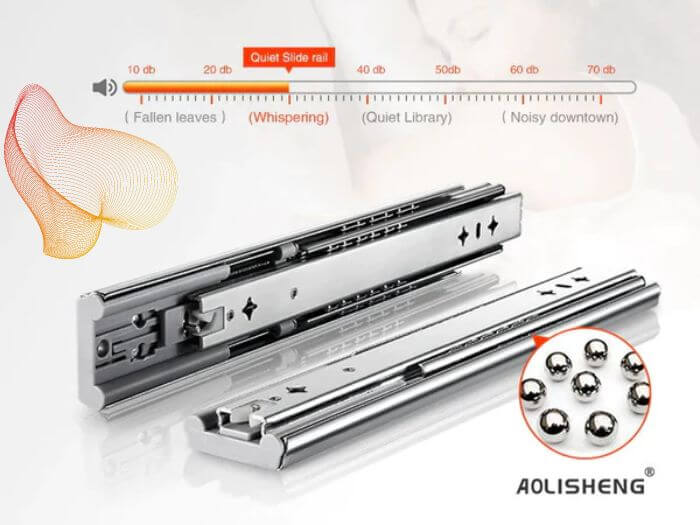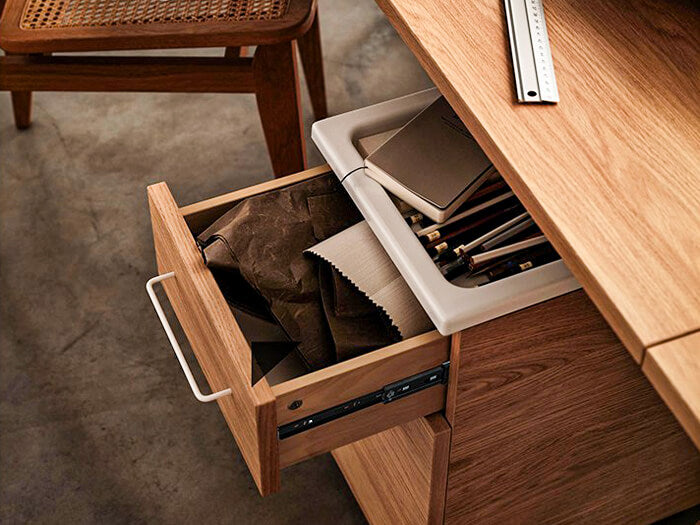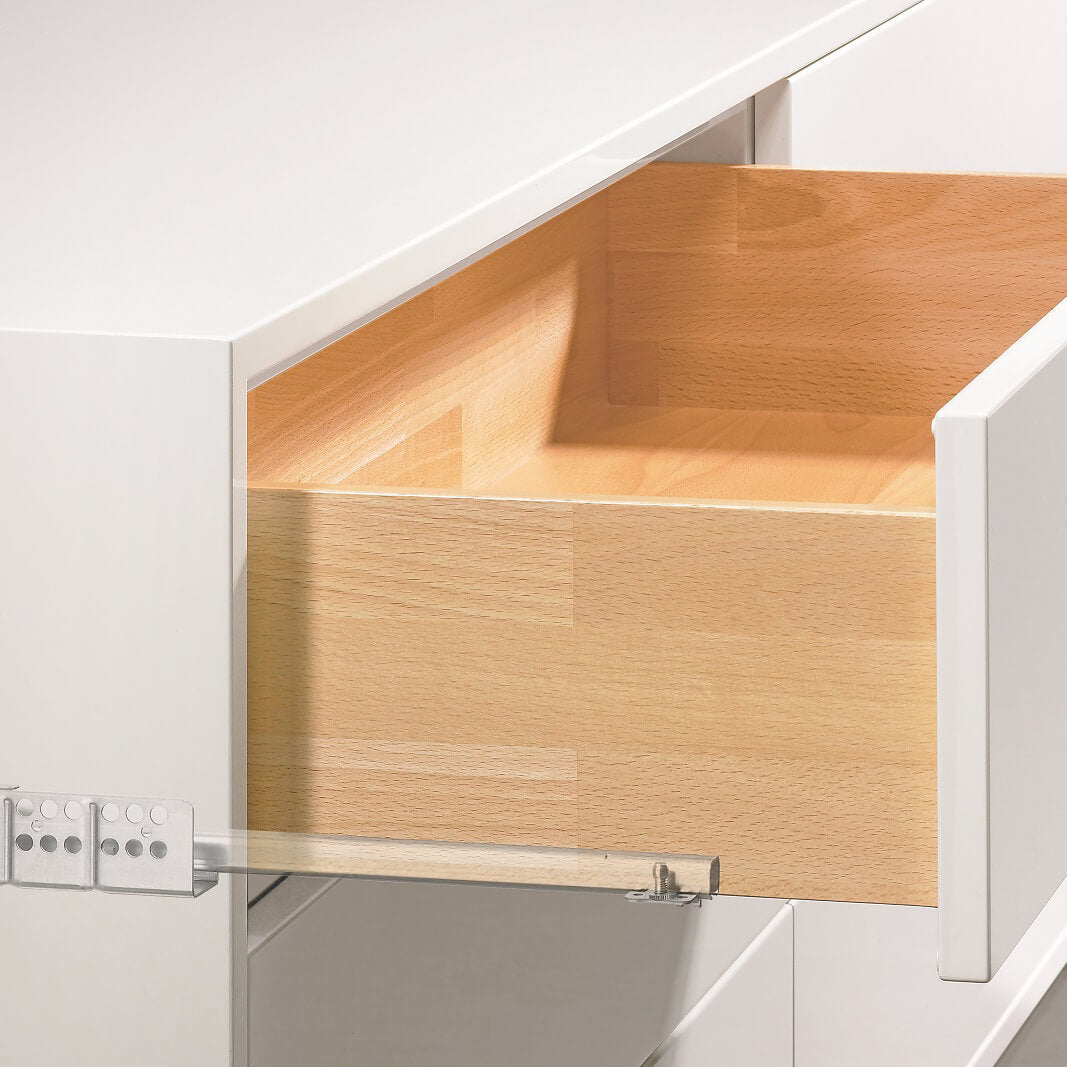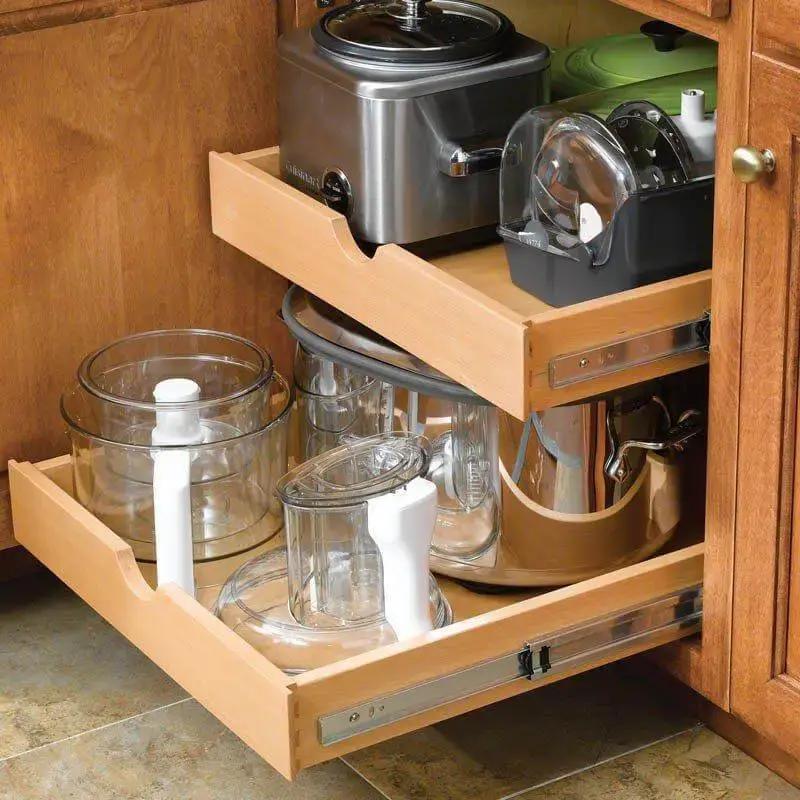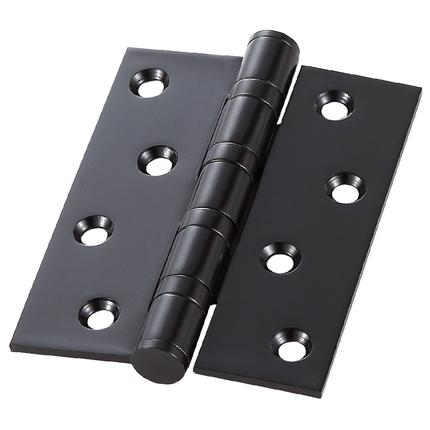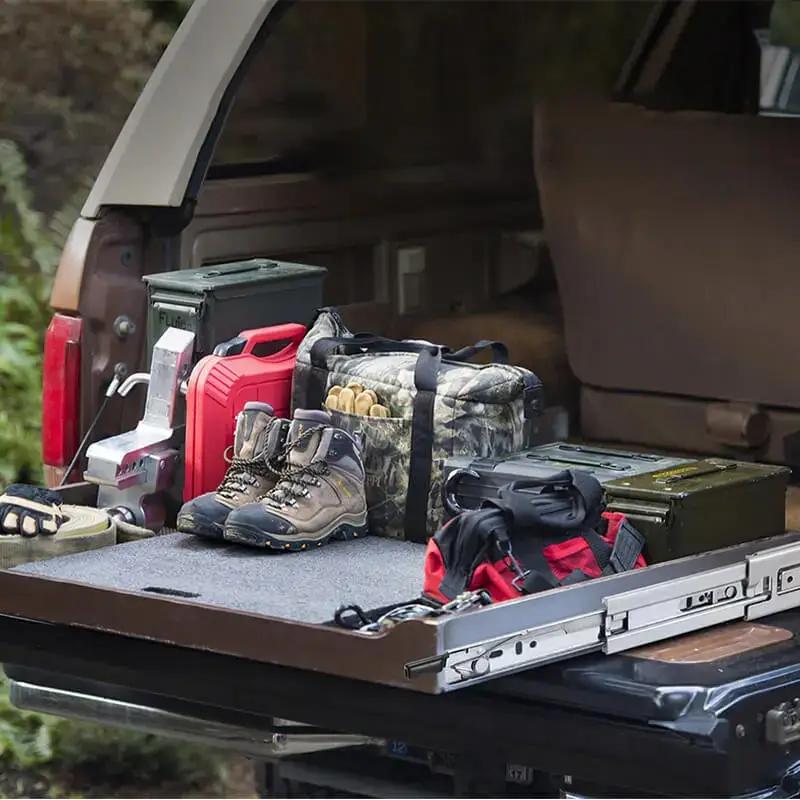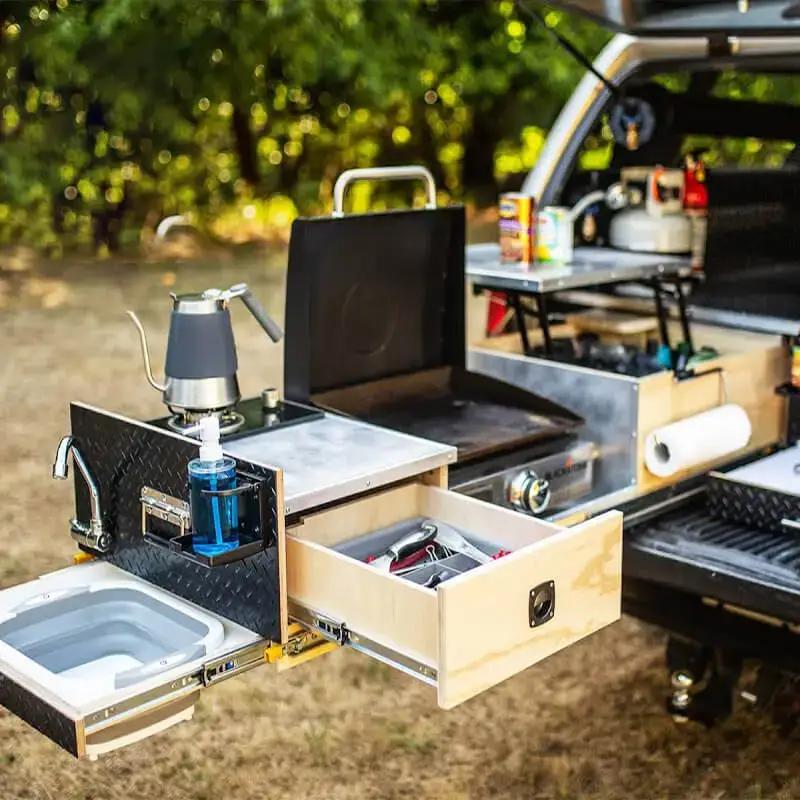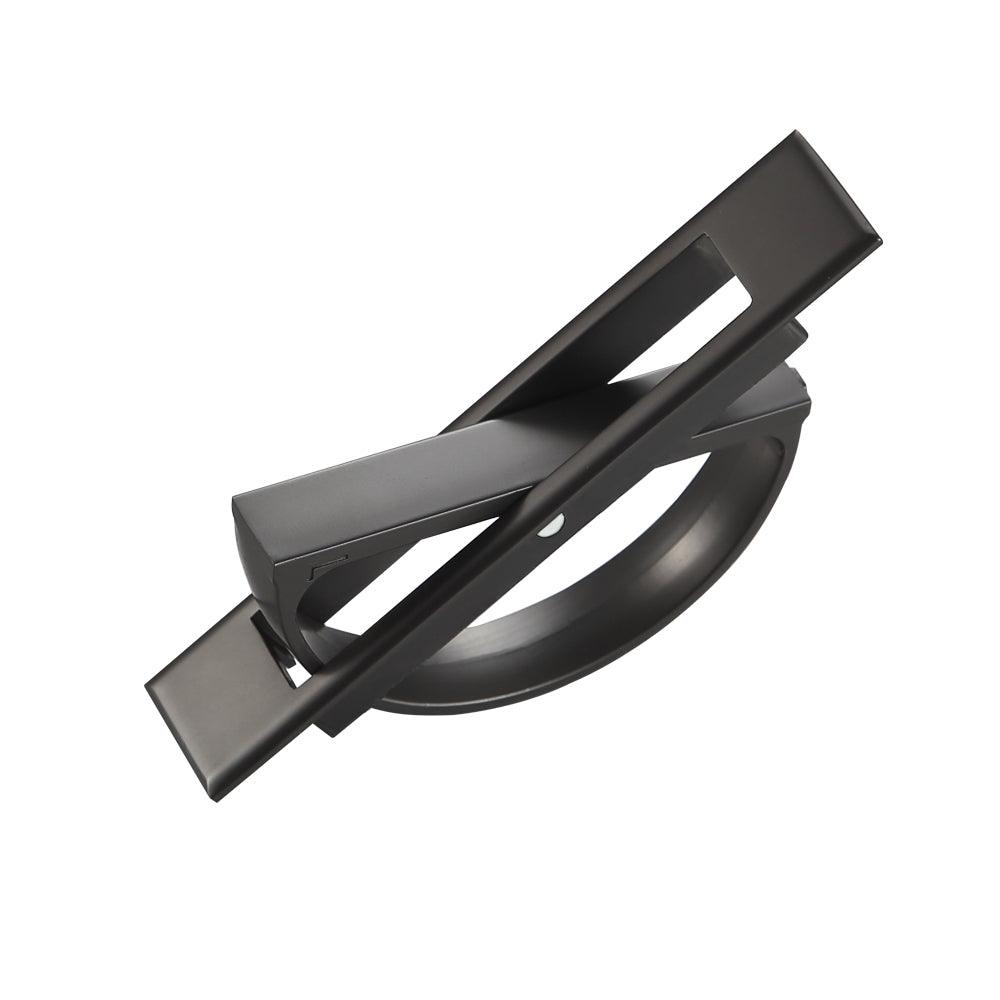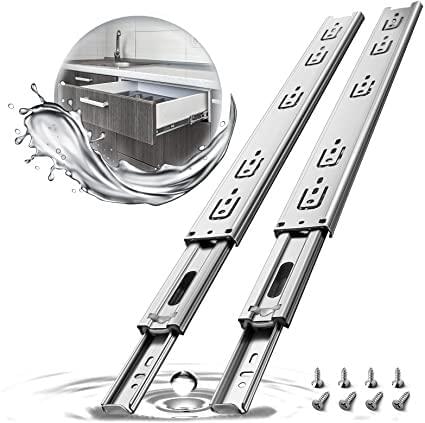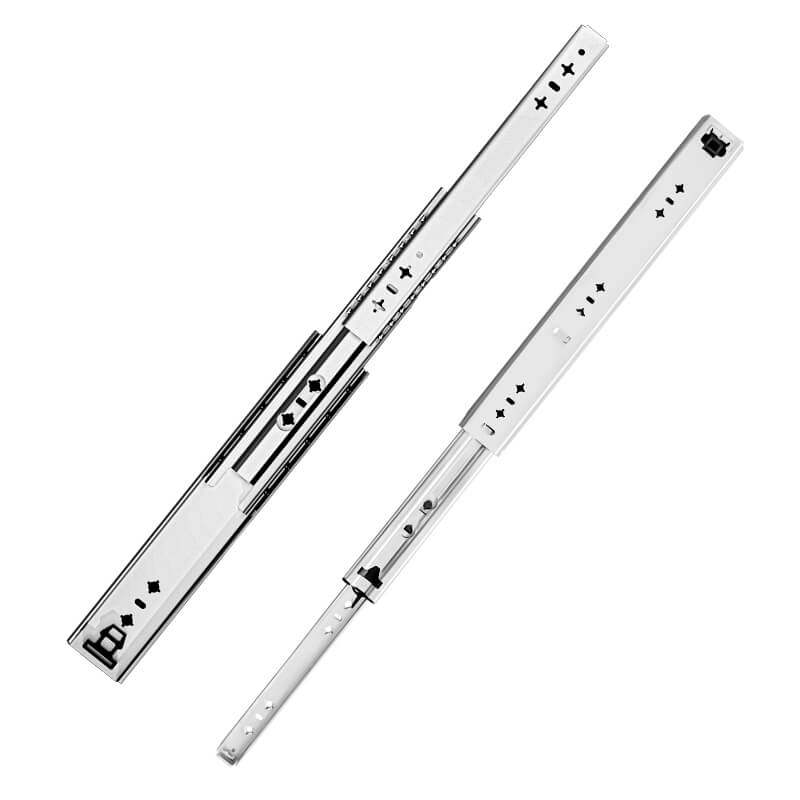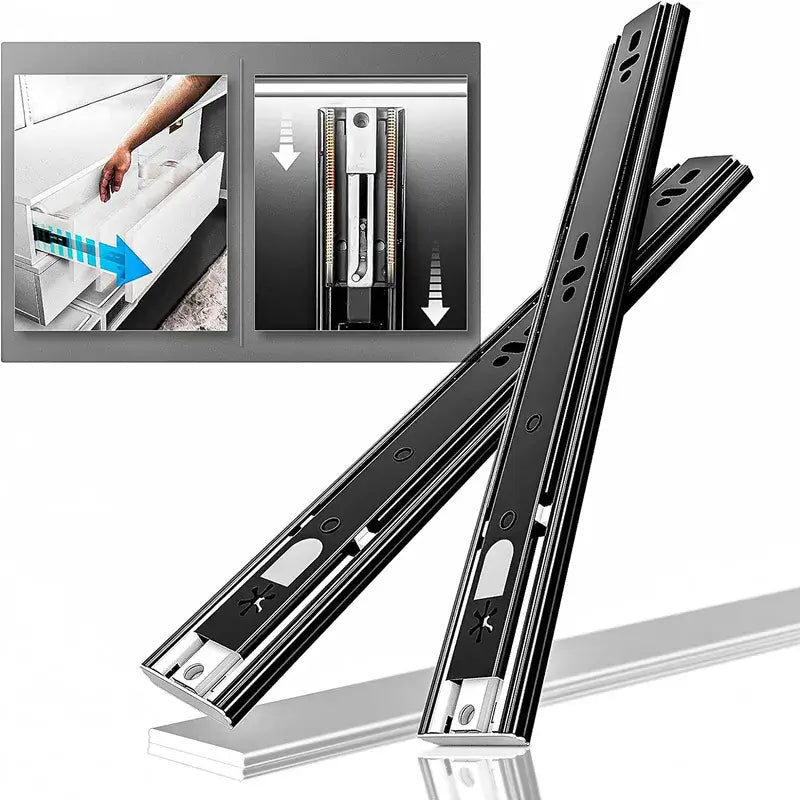Soft close drawer slides have revolutionized the way we interact with our furniture, offering a seamless and gentle closing experience that prevents slamming and wear and tear. These innovative mechanisms have become a staple in modern kitchens, bathrooms, and even office spaces, enhancing convenience and safety. While soft close drawer slides offer a plethora of benefits, they are not entirely immune to issues that can arise over time. In this article, we delve into the world of soft close drawers, exploring the common problems that users might encounter with these mechanisms. By understanding these issues and learning how to address them, you can ensure that your soft close drawers continue to function optimally, providing you with a hassle-free and enjoyable experience.
Understanding Soft Close Drawer Slides

Soft close drawer slides have redefined the way drawers close, offering a unique mechanism that eliminates the jarring impact of traditional drawers. These innovative slides employ a combination of engineering principles to provide a controlled and gentle closing motion, ensuring that drawers close quietly and smoothly. Let's delve into how these mechanisms work and why they have become a staple in modern furniture design.
How Soft Close Drawer Slides Work
Soft close drawer slides incorporate a hydraulic damper or piston within their design, which controls the speed and force of the closing action. Here's a breakdown of the process:
Opening Phase: When you pull the drawer open, the soft close mechanism remains inactive. This is the phase where you access the contents of the drawer with ease, just like you would with any other drawer.
Closing Phase: As you push the drawer back in, the soft close mechanism comes into play. Near the end of the drawer's travel path, the hydraulic damper engages, creating resistance against the closing motion.
Damping Action: The hydraulic damper slows down the drawer's speed as it nears the closed position. This controlled deceleration prevents the drawer from slamming shut abruptly.
Gentle Closure: The drawer reaches its fully closed position with a gentle and controlled motion. The hydraulic damper ensures that the final part of the closing process is slow and noise-free.
The key to the effectiveness of soft close drawer slides lies in this hydraulic damping system. By regulating the speed and force of the closing motion, these slides eliminate the usual impact that can lead to wear and tear on the drawer and its contents. Additionally, the controlled closure reduces noise, making soft close drawers a popular choice for environments where tranquility is essential, such as bedrooms and libraries.
Understanding how soft close drawer slides function is crucial as it forms the foundation for identifying and addressing potential issues that might arise over time. In the following sections, we'll explore some common problems associated with these mechanisms and provide insights into troubleshooting and maintaining them effectively. Whether you're a homeowner, a furniture enthusiast, or someone interested in the mechanics of everyday items, this knowledge will empower you to make the most out of your soft close drawers.
Common Issues with Soft Close Drawer Slides

While soft close drawer slides are designed to offer a seamless and convenient closing experience, they are not immune to potential issues that can affect their functionality. Let's take a closer look at some of the common problems that users might encounter with soft close drawers and explore practical solutions to address these issues.
Insufficient Closing Force
One of the issues that can arise with soft close drawer slides is insufficient closing force, where the drawer doesn't fully close as intended. This problem can stem from factors such as improper installation or worn-out components.
Improper Installation: If the drawer slides are not installed correctly, they might not align properly with each other. This misalignment can lead to an uneven closing motion or prevent the soft close mechanism from engaging effectively.
Worn-out Components: Over time, the hydraulic dampers or pistons within the soft close mechanism might wear out, leading to reduced closing force. This can result in drawers that don't close all the way or that require a nudge to fully shut.
Solution:
Realign the Slides: If misalignment is the issue, carefully realign the drawer slides according to the manufacturer's guidelines. This can restore proper functionality to the soft close mechanism.
Replace Damaged Dampers: If worn-out dampers are the culprit, consider replacing them with new ones. Consult the manufacturer or a hardware store to find compatible replacement parts.
Uneven or Noisy Closing
Uneven closing or the production of noise during the closing process is another issue that soft close drawers might encounter. This can be caused by misalignment or damaged components.
Misalignment: If the drawer slides are not parallel to each other, the drawer might close unevenly, leading to an unsatisfactory user experience.
Damaged Components: Any damage to the soft close mechanism, such as bent metal components or a malfunctioning damper, can lead to irregular closing and unwanted noise.
Solution:
Check for Misalignment: Ensure that the drawer slides are properly aligned and parallel to each other. Make any necessary adjustments to correct the alignment.
Inspect and Replace Damaged Parts: Thoroughly examine the soft close mechanism for any visible damage. If components are bent or broken, consider replacing them to restore smooth and even closing.
Delayed Closing
In some cases, soft close drawers might exhibit a delayed closing action, where the drawer takes longer than usual to reach the fully closed position. This can be caused by friction, lack of lubrication, or aging components.
Friction: Increased friction between the drawer and the slides can slow down the closing process. This can be due to debris or dirt buildup.
Lack of Lubrication: Without proper lubrication, the soft close mechanism might not function smoothly, leading to delays in the closing action.
Aging Components: Over time, the internal components of the soft close mechanism might experience wear and tear, causing delays in the closing process.
Solution:
Clean the Slides: Regularly clean the drawer slides to remove any debris or dirt that might be causing friction. This can help the drawer close more smoothly.
Lubricate the Mechanism: Apply a suitable lubricant to the soft close mechanism according to the manufacturer's recommendations. Lubrication can reduce friction and ensure a swift closing action.
Consider Replacement: If the delay persists despite cleaning and lubrication, it might be time to consider replacing aging components to restore optimal functionality.
Overly Forceful Closing
Contrary to their intended purpose, some soft close drawers might exhibit overly forceful closing, where the drawer slams shut despite the presence of the soft close mechanism. This can occur due to incorrect installation or damaged dampeners.
Incorrect Installation: If the soft close slides are not installed correctly, the mechanism might not engage properly, leading to a forceful closing action.
Damaged Dampeners: A malfunctioning or damaged damper can fail to regulate the closing speed, causing the drawer to close with more force than desired.
Solution:
Recheck Installation: Review the installation of the soft close slides to ensure that they are set up according to the manufacturer's instructions. Adjust as necessary to achieve proper engagement.
Replace Faulty Dampers: If the dampers are found to be damaged or malfunctioning, replace them with new ones that are compatible with your drawer system.
Limited Weight Capacity
Another issue that users might face with soft close drawer slides is limited weight capacity. These mechanisms are designed to support specific weight loads, and exceeding these limits can lead to compromised functionality.
Exceeding Weight Limits: Placing items in the drawer that exceed the recommended weight capacity can strain the soft close mechanism, causing it to work less effectively or even fail.
Solution:
Adhere to Weight Limits: Always follow the weight capacity guidelines provided by the manufacturer. Avoid overloading the drawer to ensure the longevity and optimal performance of the soft close mechanism.
In the next section, we will explore valuable tips for maintaining and resolving these issues to ensure that your soft close drawers remain a functional and convenient part of your daily life.
Common Issues with Soft Close Drawer Slides

Tips for Maintaining and Resolving Issues
Soft close drawer slides can significantly enhance the user experience by providing smooth and controlled closing. However, like any mechanical system, they require proper maintenance to ensure consistent performance. Additionally, addressing common issues promptly can extend the lifespan of these mechanisms. Here are valuable tips for maintaining and resolving issues related to soft close drawer slides.
Regular Inspection and Cleaning
Inspect Alignment:
Periodically check the alignment of the drawer slides. Misaligned slides can hinder the soft close mechanism's proper function. Adjust them as needed to ensure they are parallel and level.
Clean the Slides:
Dust, debris, and grease can accumulate on the slides and dampers over time, affecting their performance. Regularly clean these components using a soft cloth or a mild cleaning solution.
Proper Installation and Alignment
Follow Manufacturer's Instructions:
During installation, adhere to the manufacturer's guidelines meticulously. Proper installation ensures that the slides function as intended and minimizes the risk of issues.
Check Drawer Alignment:
Make sure the drawers themselves are properly aligned within their openings. Drawers that are not straight within the cabinet can strain the soft close mechanism.
Component Replacement
Identify Worn-out Parts:
Keep an eye out for signs of wear on the drawer slides, dampers, and other components. If you notice any components that are bent, rusted, or showing excessive wear, it might be time for a replacement.
Source Genuine Parts:
When replacing components, ensure that you use genuine parts from the manufacturer or authorized dealers. Generic parts might not provide the same quality and fit.
Seeking Professional Help
Complex Issues:
If you encounter persistent problems or issues beyond your expertise, don't hesitate to consult a professional. Expert repair technicians have the knowledge and tools to diagnose and resolve complex problems.
Preventative Maintenance:
Consider scheduling periodic maintenance with a professional to identify and address potential issues before they escalate. This can help extend the lifespan of your soft close drawer slides.
By following these maintenance and troubleshooting tips, you can ensure that your soft close drawer slides continue to operate smoothly and effectively. Whether you're dealing with alignment, cleaning, or component replacement, a proactive approach can save you from frustration and ensure that your soft close drawers remain a convenient and functional part of your daily life. In conclusion, let's recap the importance of addressing these issues for an optimal user experience.
Conclusion
Soft close drawer slides have revolutionized the way we interact with our furniture, offering a seamless and gentle closing experience that enhances convenience and minimizes wear and tear. However, as with any mechanical system, these innovative mechanisms are not exempt from potential issues that can impact their functionality. Addressing these issues promptly and effectively is crucial to ensuring that your soft close drawers continue to provide the convenience and smooth operation they are known for.
In this article, we've explored some of the common issues that users might encounter with soft close drawer slides, ranging from uneven or noisy closing to delayed closure and excessive force. By understanding the causes behind these issues and implementing practical solutions, you can maintain your soft close drawers in optimal condition. Regular inspection, proper installation, cleaning, lubrication, and component replacement are key steps to take in order to prevent and resolve issues.
Remember that the manufacturer's guidelines and recommendations are your best allies when it comes to installation, maintenance, and troubleshooting. If you encounter more complex issues or require professional assistance, don't hesitate to consult experts who specialize in furniture repair. By adopting a proactive approach to maintenance and addressing issues promptly, you can ensure that your soft close drawers remain a valuable and functional addition to your living space.
Soft close drawer slides offer a quieter, smoother, and more elegant closing motion for your drawers, enhancing both the aesthetic and functionality of your furniture. By embracing the tips and insights shared in this article, you're well on your way to enjoying the full benefits of soft close drawers while minimizing the potential challenges that may arise. With proper care, your soft close drawers can continue to enhance your daily life for years to come.
Frequently Asked Questions (FAQs) about Soft Close Drawer Slides
What are soft close drawer slides?
Soft close drawer slides are innovative mechanisms used in furniture design to provide a controlled and gentle closing action for drawers. They incorporate hydraulic dampers or pistons that slow down the closing motion, preventing drawers from slamming shut and reducing wear and tear.
Are soft close drawer slides suitable for all types of furniture?
Soft close drawer slides are versatile and can be used in various types of furniture, including kitchen cabinets, bathroom vanities, and office desks. However, always ensure that the chosen slides are compatible with the specific furniture piece and its weight requirements.
By addressing these frequently asked questions, we hope to provide you with a comprehensive understanding of soft close drawer slides and how to maintain their optimal functionality. If you have any further inquiries or encounter specific issues, feel free to consult the manufacturer's guidelines or seek professional assistance for the best possible outcome.


